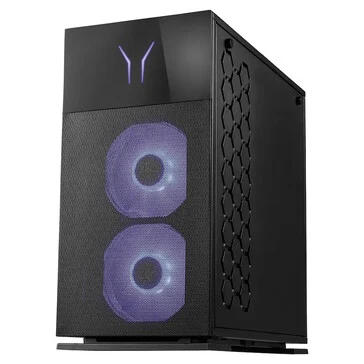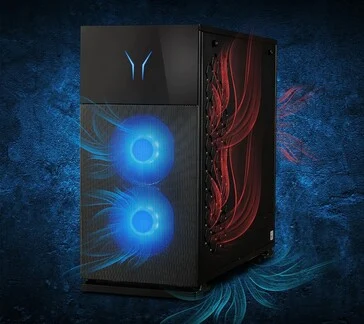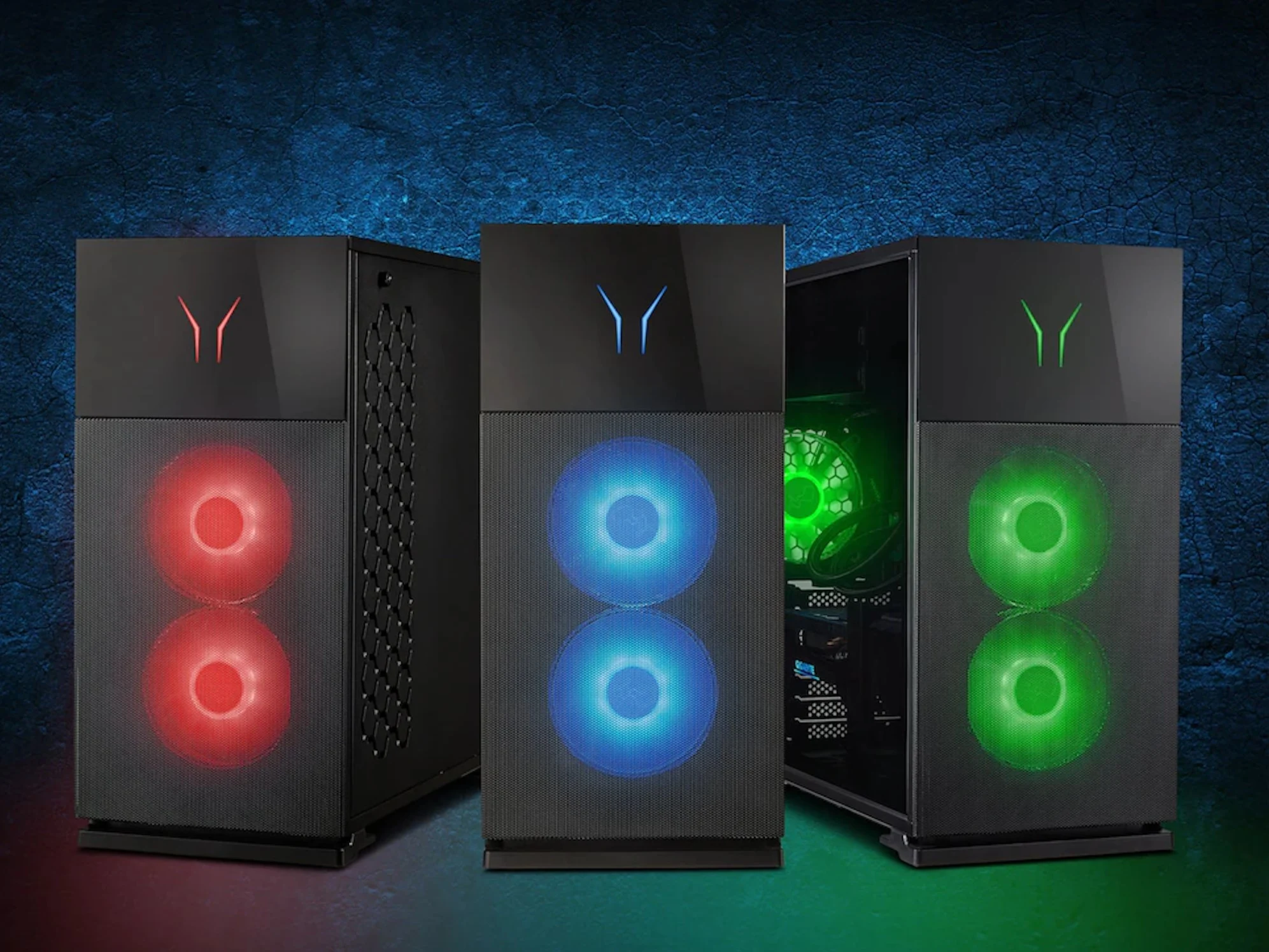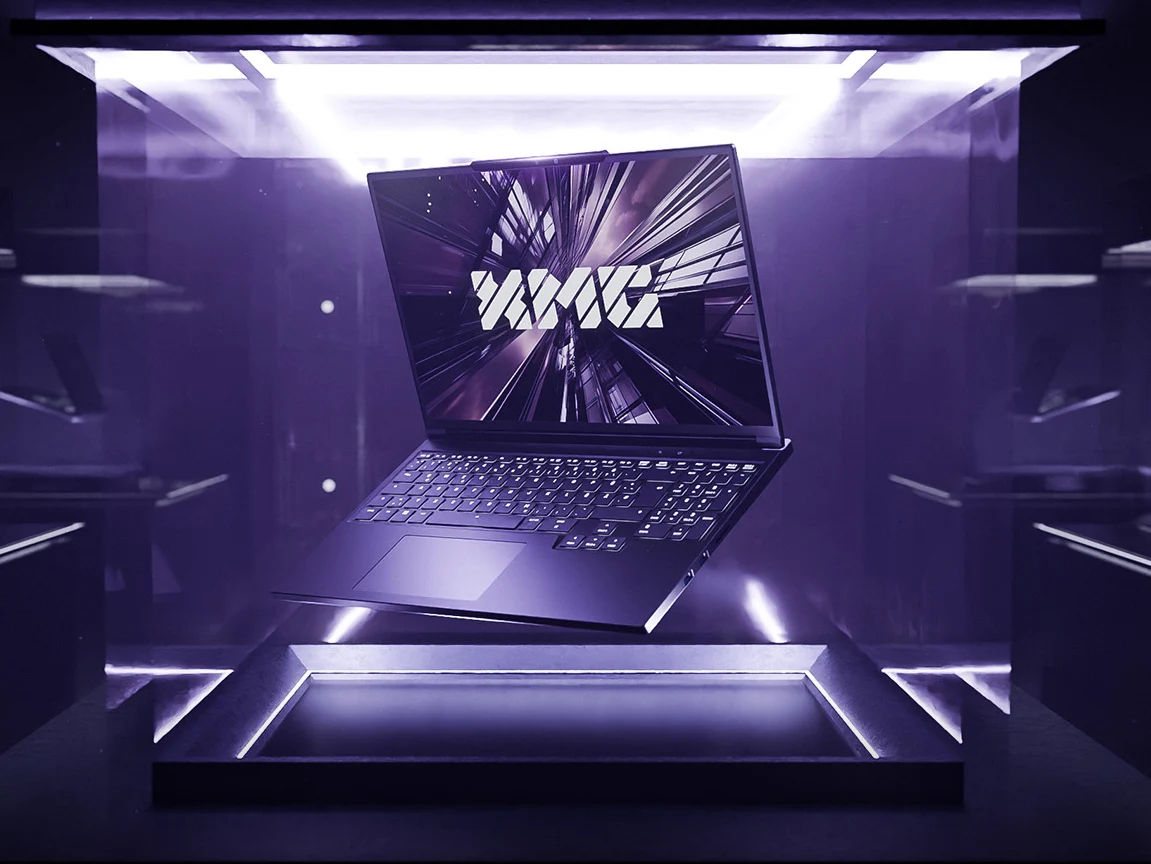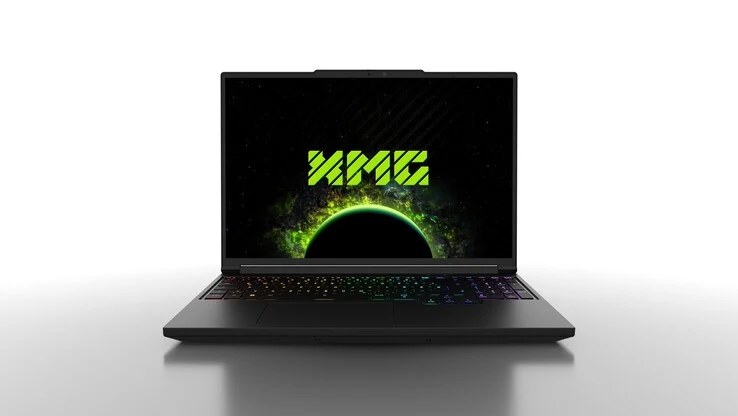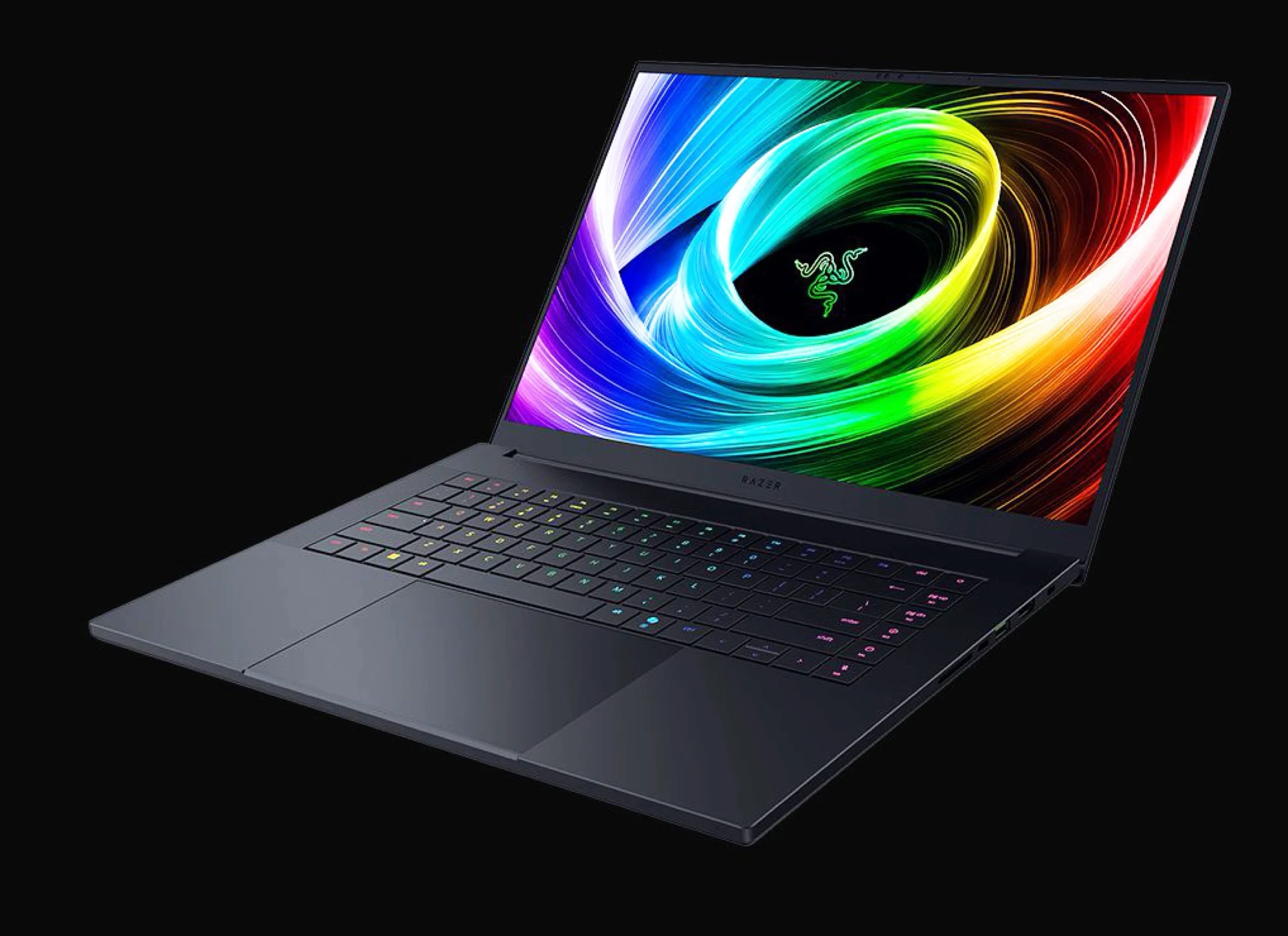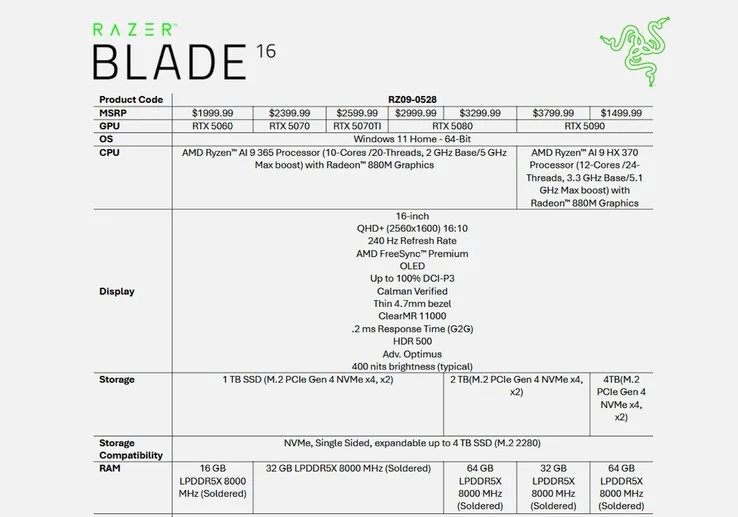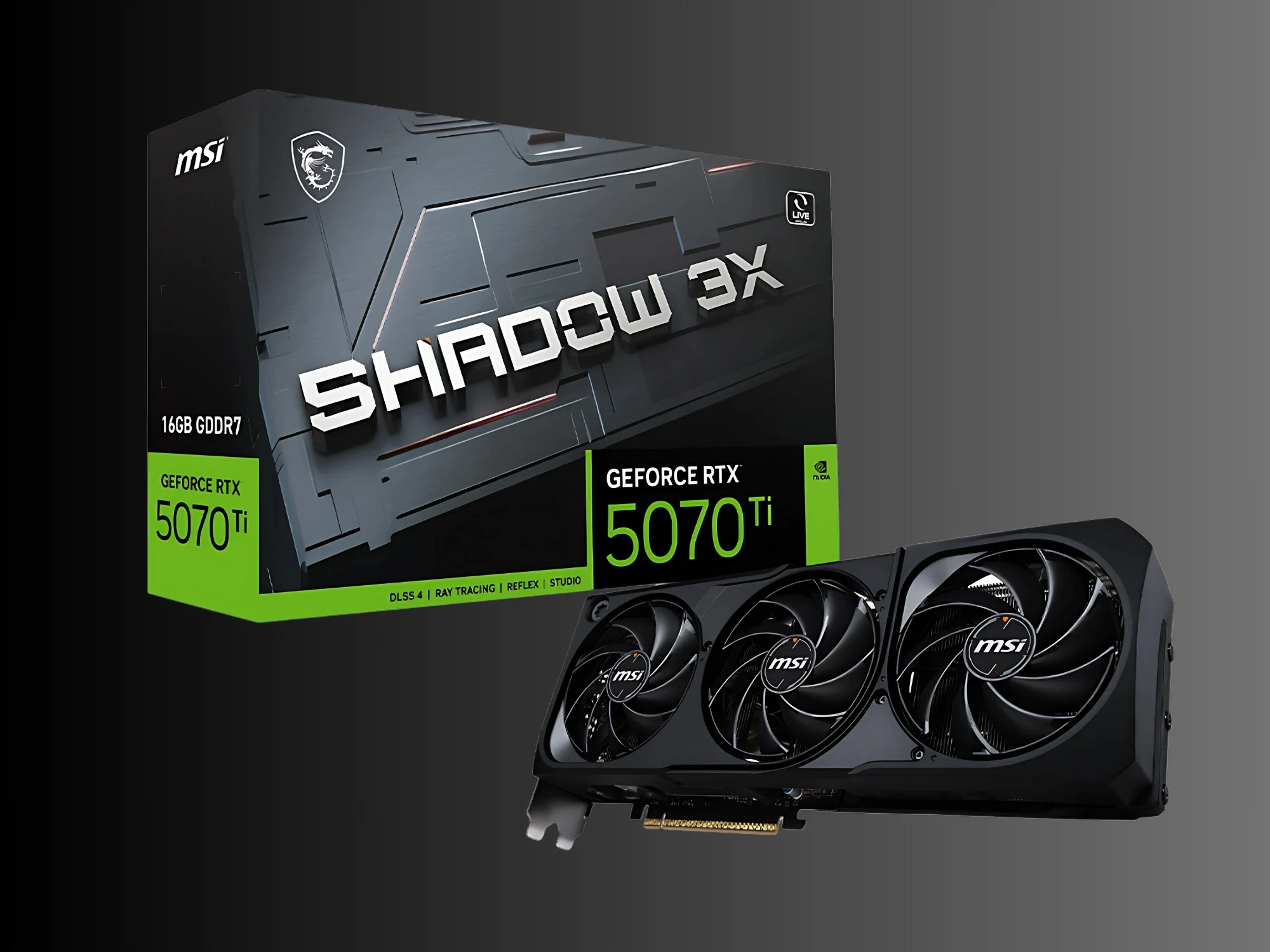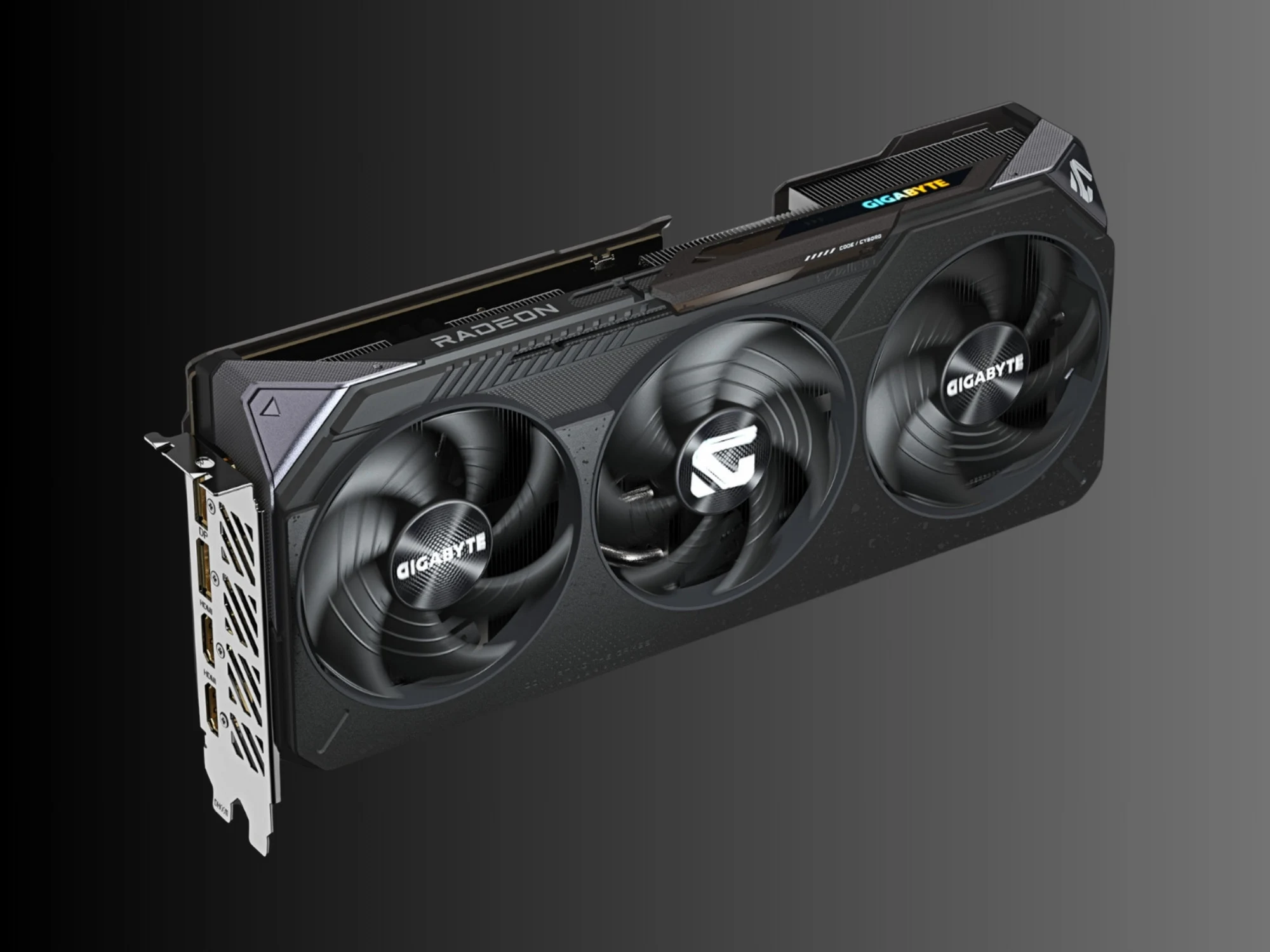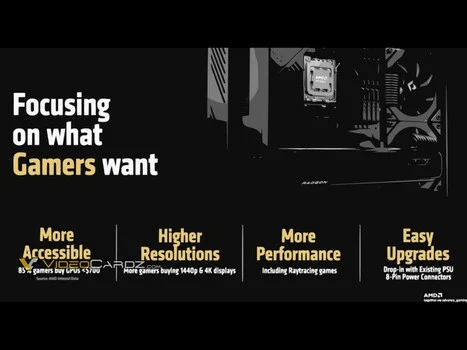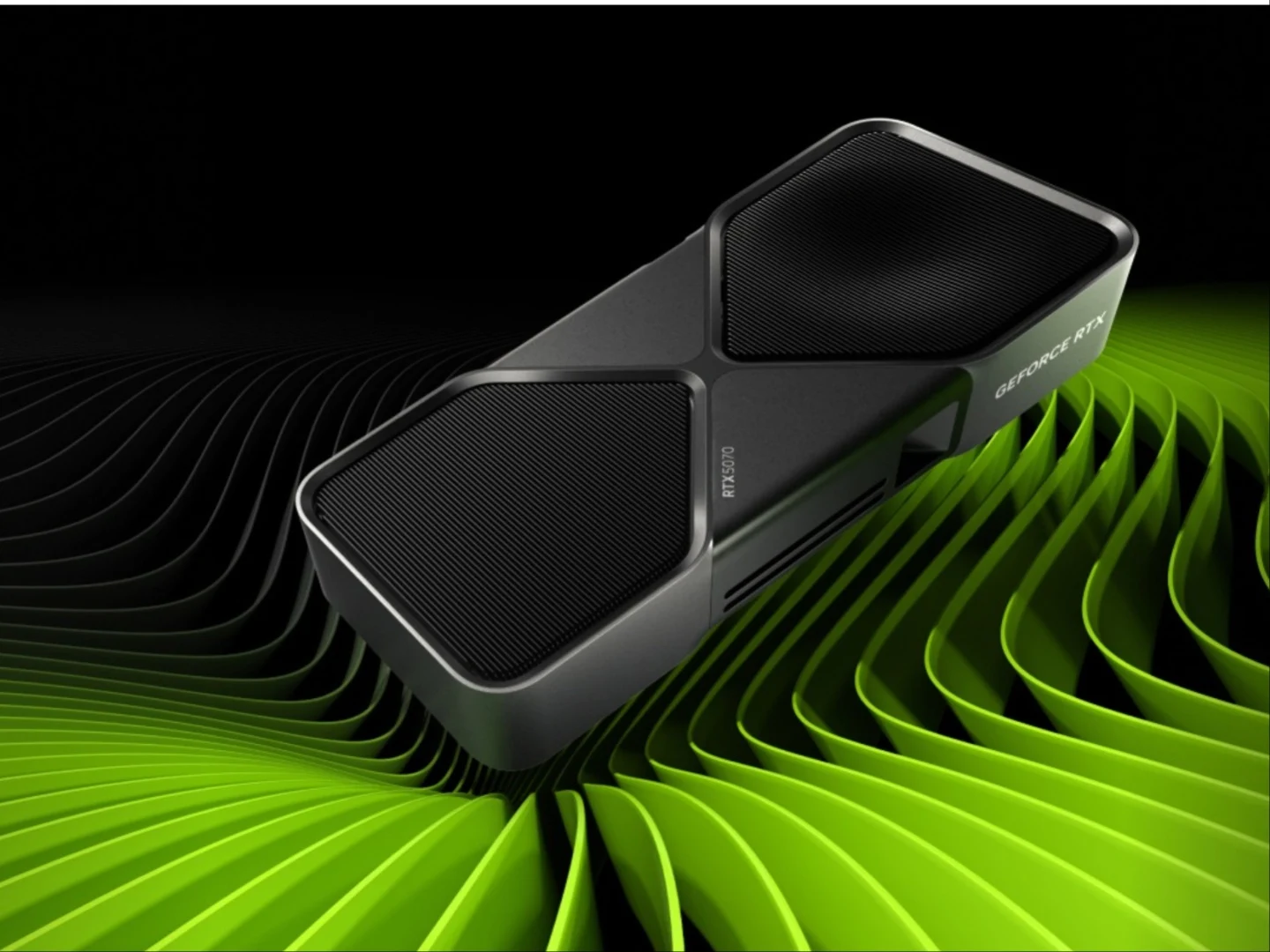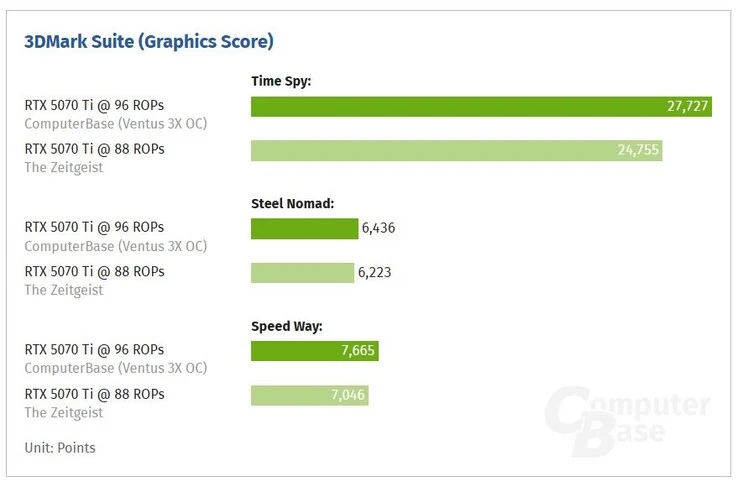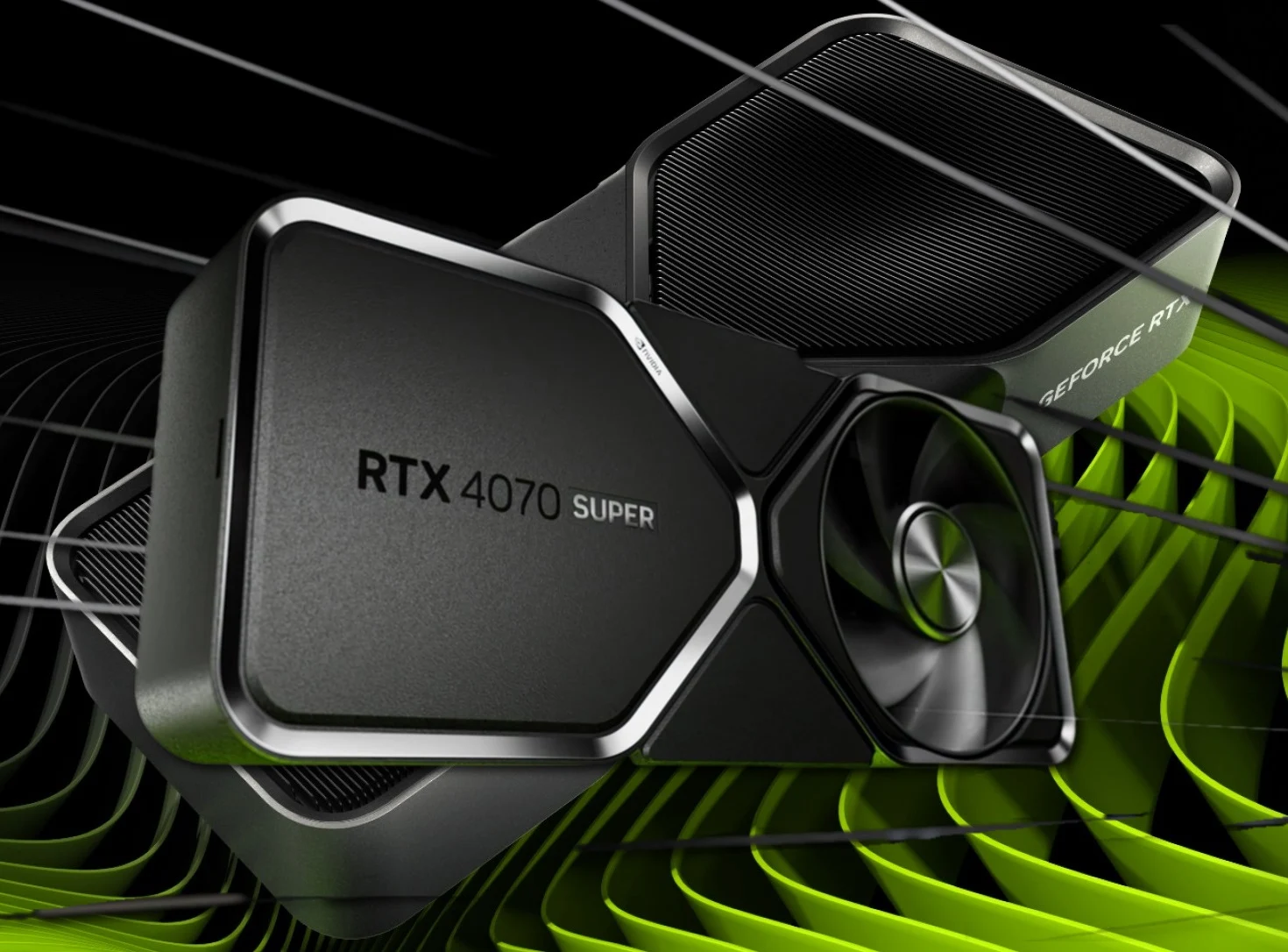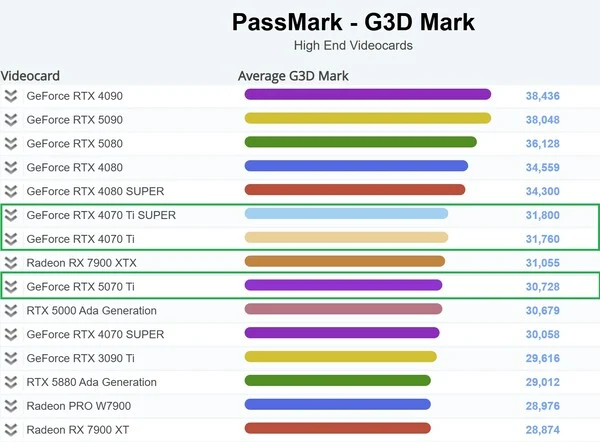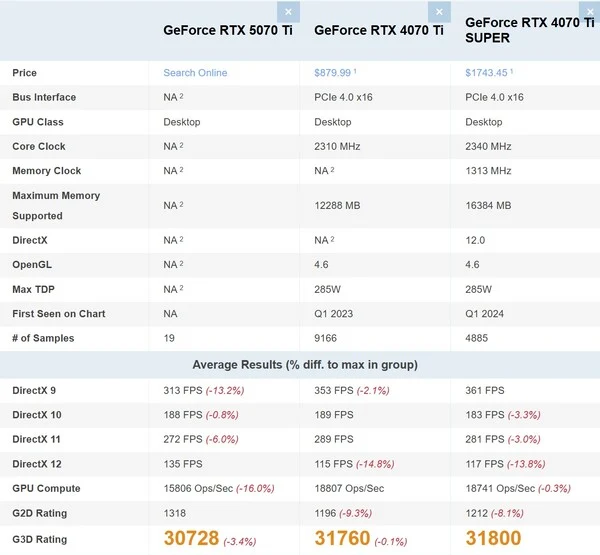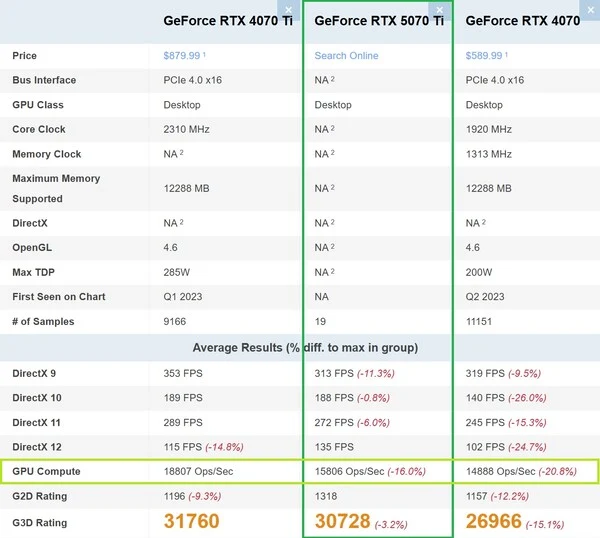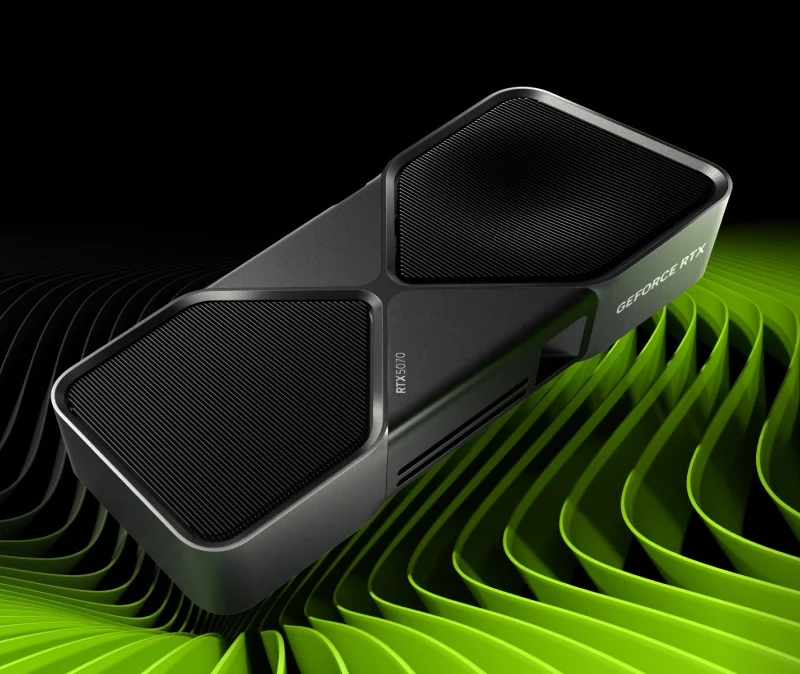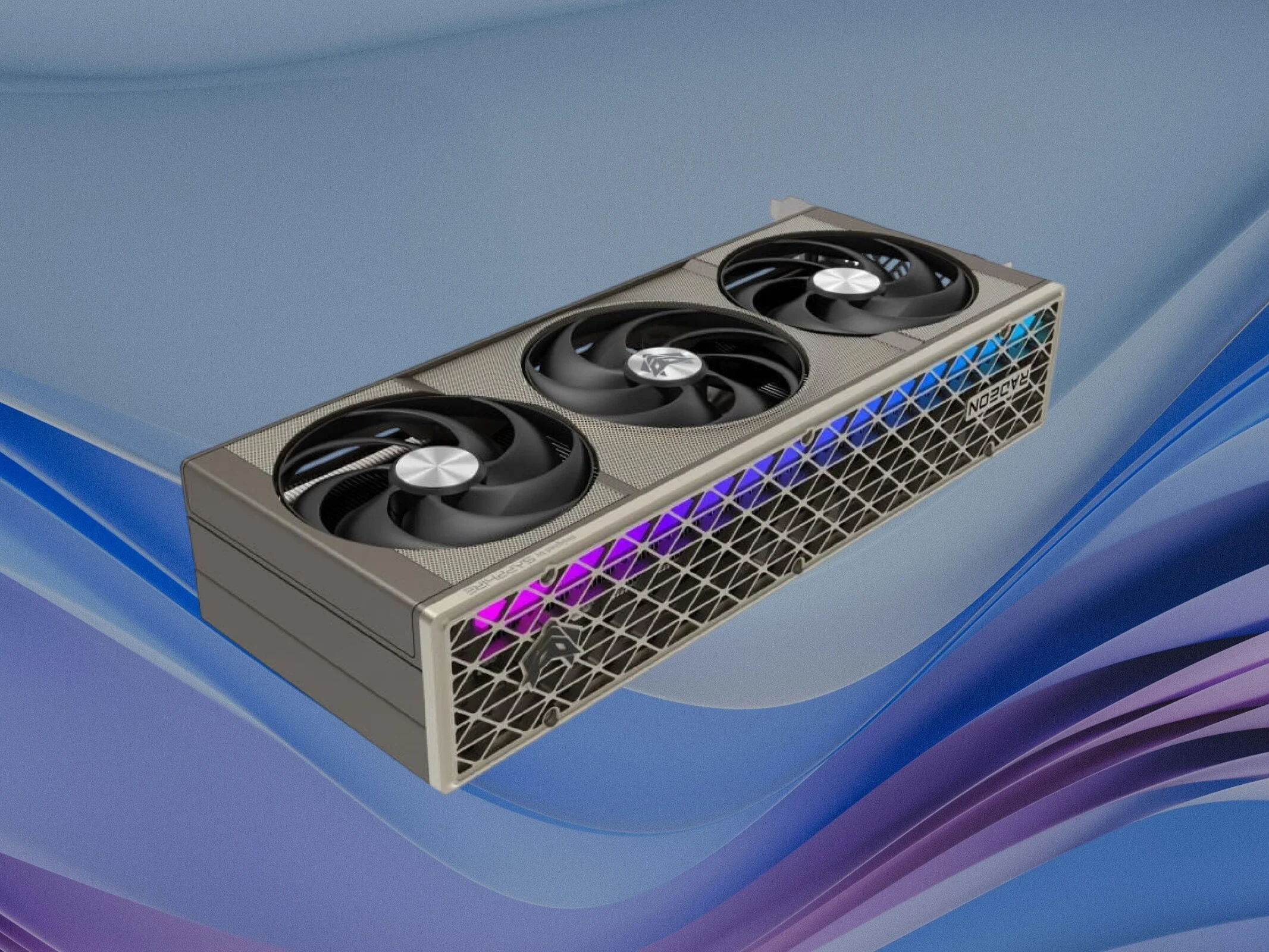Key Takeaways
1. The XMG Pro 16 E25 is a mid-range gaming laptop featuring an Nvidia GeForce RTX 5070 Ti and Intel Core i9-13900HX, priced at €1,999.99, aiming to offer strong specs at an affordable level compared to competitors.
2. It has a robust cooling system with high power limits for the CPU and GPU, utilizing dual 80 mm fans and keyboard intake for airflow, though it relies on air cooling rather than liquid cooling.
3. The laptop is designed for high performance, featuring a 16-inch 300 Hz display, extensive connectivity options including Thunderbolt 4 support, and customizable settings for RAM and CPU performance through the BIOS.
4. Two processor options are available: the Core i9-13900HX and the higher-end Core Ultra 9 275HX, with the latter supporting PCIe 5.0 and faster RAM speeds, allowing users to choose based on budget and performance needs.
5. Pre-orders are currently open with a 5% discount until April 24th, and shipments are expected to begin in mid-May, offering customers an early opportunity to secure the laptop.
XMG has recently unveiled the Pro 16 E25, a new mid-range gaming laptop that runs on Nvidia and Intel technology. XMG promotes the Pro 16 as a hybrid between a gaming laptop and a workstation, aiming for a more “affordable” price point. With the Nvidia GeForce RTX 5070 Ti, the Pro 16 is priced at €1,999.99 (available at Bestware), which includes 19% VAT. While it may seem steep, it offers a more impressive spec list compared to its rivals at similar prices. For instance, the €1,999 Asus ROG Strix G18 features a less powerful Nvidia GeForce RTX 4060 GPU, which is both slower and an older generation compared to the RTX 5070 Ti.
Performance and Cooling Features
XMG touts high power limits for both the CPU and GPU, allowing them to draw a combined 195 W when under heavy load. The laptop comes with three performance profiles, each having its unique fan curve, and users can modify settings like RAM tuning, CPU undervolting, and power limits for both CPU and GPU within the BIOS.
The design of the laptop incorporates the keyboard as an additional intake for cooling, with significant venting areas on both sides. However, the Pro 16 lacks the liquid cooling ports found in the XMG Neo, relying instead on air cooling with dual 80 mm fans.
Pricing and Specifications
In terms of availability, XMG states that pre-orders for the Pro 16 are open now, with shipments expected to begin in mid-May. The €1,999.99 model comes equipped with the Core i9-13900HX processor, 16 GB of DDR5-5600 RAM, and a 500 GB Kingston Fury Renegade SSD. For an additional €245, customers can upgrade to the Intel Core Ultra 9 275HX, and XMG is currently offering a 5% discount for early pre-orders on both versions of the laptop.
New Design and Features
XMG has unveiled the 2025 model of the Pro 16, designed as a gaming and multimedia workstation with a fresh look. Positioned in the higher performance segment, the laptop comes in two versions, both featuring NVIDIA’s GeForce RTX 5070 Ti. The premium model is equipped with an Intel Core Ultra 9 275HX, boasting advanced features such as Thunderbolt, CSO DIMM support, and a PCIe 5.0 interface for the primary SSD. The more budget-friendly option is based on the Intel Core i9-13900HX, providing excellent performance at a better price.
The Pro 16 resembles XMG’s high-end NEO 16 closely, sharing key features like connectivity options, a 99.8 Wh battery, and a 300 Hz 1600p display with complete sRGB color space coverage.
Configuration Options
The XMG Pro 16 (E25) serves as a cost-effective alternative to the NEO 16, maintaining many similar features. It includes an NVIDIA GeForce RTX 5070 Ti graphics card with 12 GB of GDDR7 VRAM, achieving a maximum graphics output of 140 watts, plus Dynamic Boost. Users can choose between two 24-core processors: the Intel Core Ultra 9 275HX or the Core i9-13900HX, with the latter offering substantial performance at a lower cost.
The Pro 16 has a thinner and lighter design than the NEO 16, measuring 357 x 252.5 x 26.5 mm and weighing 2.42 kg. It features a sizable 99.8 Wh battery, and the compact 240 W power supply, which measures 125 x 70 x 25 mm and weighs 611 g, takes advantage of SiC technology.
Cooling and BIOS Features
The cooling system in the XMG Pro 16 is a bit more compact, utilizing two 80 mm fans and two rear air outlets with 100 copper fins. Additionally, the laptop draws in airflow through the keyboard area and uses Honeywell PTM7958 thermal pads on the CPU and GPU. This cooling setup is adequate for maintaining high performance from both components.
For more tuning options, the BIOS and XMG Control Center allow extensive adjustments. Users can access XMP profiles, RAM tuning, and CPU undervolting, plus a BIOS recovery feature for safety if tuning gets too ambitious. Power limits for CPU and GPU can also be adjusted, alongside customizable fan curves, ensuring a personal balance between performance and noiseless operation.
Display and Memory
The Pro 16 sports a 16-inch display in a 16:10 aspect ratio, with a resolution of 2,560 x 1,600 pixels. It features one-handed opening capability, a high refresh rate of 300 Hz, a brightness of 500 nits, and full sRGB color coverage. Each model has two DDR5 RAM slots and two M.2 SSD slots, with heat shields and thermal pads to manage temperature.
Exclusive to the Core Ultra 9 275HX model is PCI Express 5.0 x4 for the primary SSD and CSO DIMM RAM support at speeds up to 6400 MT/s. The i9-13900HX configuration offers PCI Express 4.0 x4 for both M.2 SSDs, supporting DDR5 SO-DIMM memory at speeds of up to 5600 MT/s, with higher speeds possible through prior mentioned RAM tuning.
Connectivity Options
The XMG Pro 16 offers extensive connectivity options, with multiple ports positioned at the rear. These include a DC power jack, Mini DisplayPort 2.1 (DP80), HDMI 2.1, and a USB-C port. The models using the Core Ultra 9 275HX support Thunderbolt 4 with DisplayPort 2.1 on the USB-C port, while the i9-13900HX version features USB-C 3.2 Gen2 with DisplayPort 1.4. Both configurations support Power Delivery up to 140 watts.
Along the sides, there are three USB-A 3.2 Gen1 ports, one additional USB-C 3.2 Gen2 port, 2.5 Gigabit Ethernet, a full-size SD card reader with SD Express compatibility, and a 2-in-1 audio jack. Wireless connectivity is managed via Wi-Fi 6E. Unlike the NEO 16, the Pro 16 doesn’t come with a port for XMG’s OASIS water cooling system but has 34 air vents across the rear – more than the NEO 16. The internal display also allows connection for up to four external monitors, with the Mini DisplayPort and HDMI outputs linked directly to the NVIDIA graphics card.
Keyboard and Webcam Features
The Pro 16 takes input devices from XMG’s NEO 16 flagship. The RGB keyboard features per-key illumination and utilizes improved scissor-switch mechanisms. It includes a full numeric keypad and offset arrow keys, along with anti-ghosting and N-key rollover. The touchpad is spacious, measuring 123 x 77.5 mm, with a smooth glass-like mylar surface.
Moreover, the laptop is fitted with a Full HD webcam that has a physical privacy shutter for added security.
Conclusion and Early Bird Offer
The base model of the XMG Pro 16 (E25), configurable on bestware.com, includes an Intel Core i9-13900HX, an NVIDIA GeForce RTX 5070 Ti, 16 GB DDR5-5600 RAM, a 500 GB Kingston Fury Renegade SSD, and a 300 Hz 1600p IPS display, starting at €1,999 with 19% VAT. Customers can opt to upgrade to Intel’s Core Ultra 9 275HX, which includes PCIe 5.0 SSD support, CSO DIMM RAM, and Thunderbolt 4 for an extra €245. Pre-orders for the XMG PRO 16 are open now with a 5% early bird discount available on all configurations at bestware.com until April 24th, with shipping anticipated from mid-May.
About XMG
Since its founding in 2009, XMG has been a name synonymous with high-performance laptops and desktop PCs, designed for gamers, creatives, and power users. The brand prides itself on engaging with the community and contributing to the esports scene. Customers can configure their devices to meet individual needs through the partner shop bestware.com. The devices are crafted in Leipzig, Germany, and are equipped with the latest technologies, backed by award-winning service and support, recognized through multiple customer satisfaction surveys.
